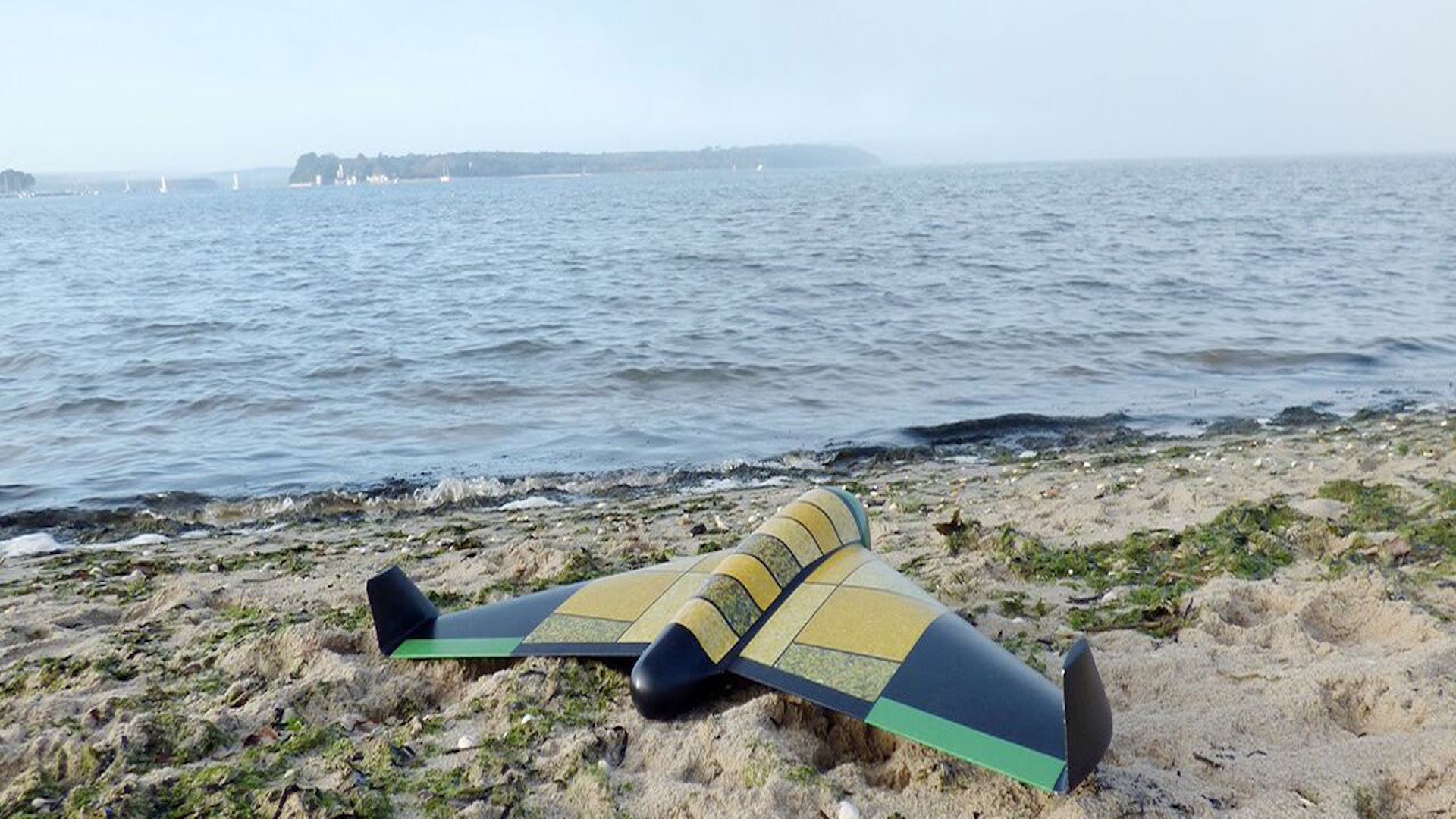

We may earn revenue from the products available on this page and participate in affiliate programs. Learn more ›
While unmanned aerial vehicles can certainly carry payloads containing medical supplies or food rations to those in need, Windhorse Aerospace has been pondering how to make that process even more effective by developing edible drones. That’s right, the young English aerospace company founded by Nigel Gifford has been hard at work on drones people could actually eat and get nutritional value from. How’s that for food delivery via drone?
According to Forbes, Windhorse Aerospace’s founder and chairman is extremely eager to balance the landscape of war, significantly aided by modern UAVs, with a more humanitarian and lifesaving counterpart. “Terrorizing populations has become one of the most effective methods of modern hybrid warfare,” said Gifford.
Apparently, the inciting incident motivating the founder to work on this humanitarian drone project started with a simple cup of coffee. Gifford was inspired by the verbalized frustrations of a Royal Air Force officer and his concerns regarding the delivery of food to Syrians in need. Why not produce a drone made out of edible material? There’d be no pilot, risking his life, and no need for safely designated landing zones. “I realized how sensible that was,” said Gifford.
The next step, of course, would be finding the right partners to produce this nutritional drone, which Gifford dubbed the “Pouncer.” Most importantly, the Pouncer needed to be made of food durable enough to undergo and survive extended aerial journeys. According to Gifford, pasta, for example, is one-tenth as strong as aluminum. While that was a start, the consideration of religious and cultural food biases would have to be examined. “A lot of agencies deliver things the people won’t eat,” Gifford explained.
Let’s have a look at the Pouncer drone, shall we?
The current plan is reportedly to develop three different models which would carry different-sized payloads and travel different distances. All of these would be deployed from either an aircraft or directly from the ground. The biggest of these models is going to have a 9-foot wingspan, and while Gifford and his team have already test-flown numerous prototypes (constructed from wood instead of food), Windhorse Aerospace is planning on having a fully operational fleet of drones by the end of this year.

